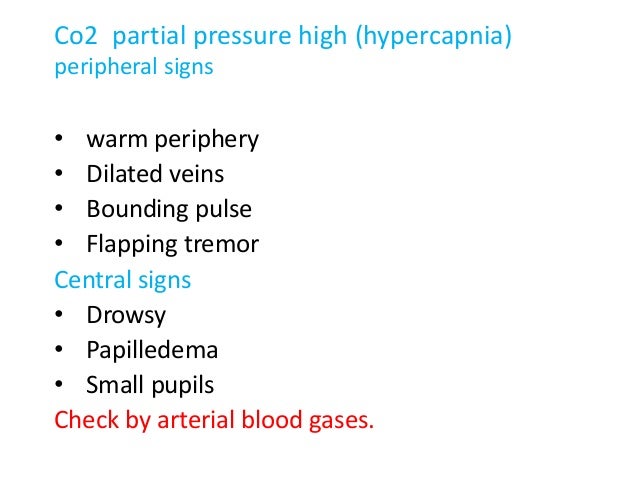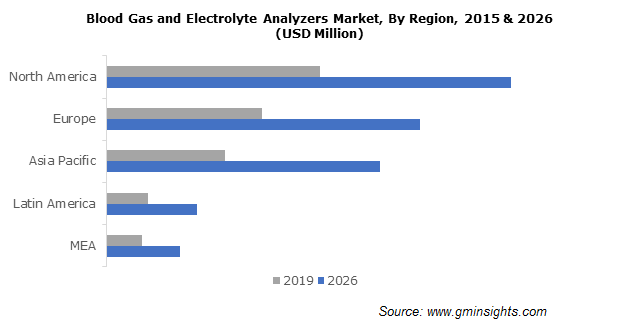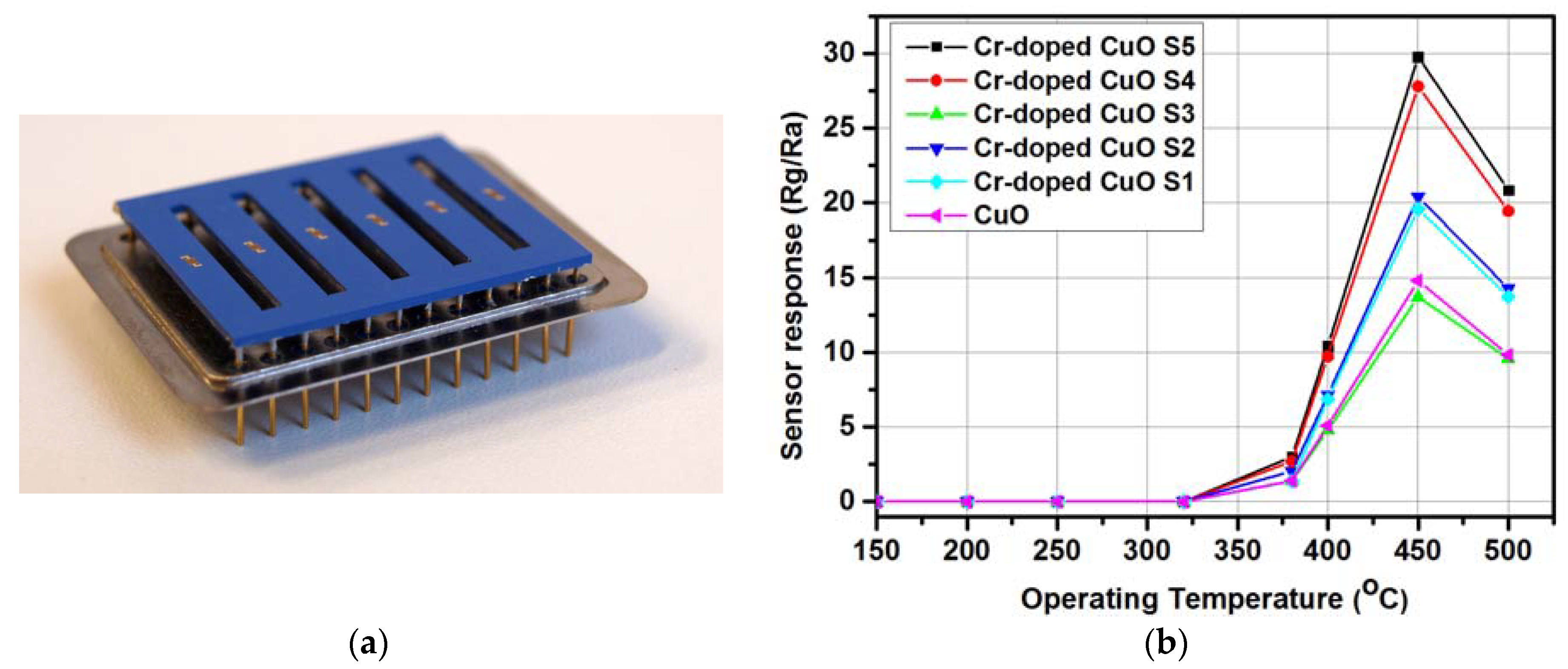Blood gas analysis for bedside diagnosis pdf
Objective: There is an increasing body of literature supporting universal umbilical cord blood gas analysis (UCBGA) into all maternity units. A significant impediment to UCBGA’s introduction is the perceived expense of the introduction and associated ongoing costs.
Simple diagnostic tools, such as arterial blood gas (ABG) analysis, are often used at the bedside by clinicians to assist in making difficult management decisions in patients with suspected PE (e.g., to pursue a diagnosis of PE or not, to presumptively anticoagulate or not).
Confirm an increase in of more than 0.5 kPa using blood gas analysis After completion of the apnoea test, the ventilator should be reconnected. Acid–base status should be …
Measurement of arterial blood gases (ABGs) involves a sample of blood being taken from an artery (most commonly from the pulsation at the wrist). The ABG is then analysed on a special machine. The ABG is then analysed on a special machine.
Arterial blood gas analysis is a useful tool for diagnosis monitoring and as an aid in management, but its value is limited by the understanding of the basic physiology and ability of the surgeon to interpret the report. Using a systematic and logical approach by using these steps would make the interpretation simple and easy to use.
Cyanosis affects co-oximetry (i.e., blood gas analysis in the laboratory) differently than it affects pulse oximetry (i.e., equipment used at the bedside; see Chapter 20). Because co-oximetry can distinguish deoxyhemoglobin from other abnormal hemoglobin, it indicates hypoxemia only in patients with central cyanosis (i.e., it samples arterial blood and therefore indicates normal oxygen levels
The frequency of arterial blood gas analysis should be dictated by the acuity of illness, availability of noninvasive monitoring, and frequency of ventilator changes. f.
Normal values for blood gas analysis are given in Table 8–1, and capillary blood gases are discussed in a following section. Mixed venous blood gases are reviewed in Chapter 20 . The bicarbonate concentration ([HCO 3 – ]) from the blood gas is a calculated value and should not be used in interpretation of blood gases; the [HCO 3 – ] from a concurrent chemistry panel should be used.
Bedside diagnosis of alcohol intoxication with a pocket-size breath-alcohol device: sampling from unconscious subjects and specificity for ethanol.
Noninvasive bedside techniques that aid in the diagnosis and evaluation of PE are based on respiratory parameters derived from the alveolar dead space. Using volumetric capnography (VCap), Eriksson and colleagues 3 described a graphic method of extrapolating the arterial to end-tidal CO 2 gradient [P(a-et)CO 2 ] to a prolonged expiration.
The arterial blood gas (ABG) analysis is the tool for diagnosis of the acid/base state. The test includes: pH – measures the amount of H+ concentration. PaCO2 – partial pressure of arterial CO2 HCO3- reflects the activity of the kidneys in retaining or excreting bicarbonate. PO2-partial pressure of O2 Base excess – Lewis says +/- 2mEq/L – other sources said +/- 3.0 mEq/L Ventilation – The
bedside testing is decreased iatrogenic blood loss lead- ing to blood conservation. 1,12,13 The issue of blood conservation is not trivial since transfusion-related dis-
Blood gas analysis for bedside diagnosis Singh V Khatana

A primer of Point of are lood Gas Testing for laboratorians
R. Begins, T. Racine, J. C. Roy (1975) value of capillary blood gas analysis in the management of acute respiratory distress. The American review The American review …
To detect high levels of lactate in the blood, which may be an indication of lack of oxygen or the presence of other conditions that cause excess production or insufficient clearing of lactate from the blood; this test is not meant to be used for screening for health status.
whether quantitative measurement of a bedside blood 3HB using POC blood ketone monitoring system (BKMS) could be used to diagnose DKA in Japanese population. Materials and Methods : Leftover specimens from blood gas analysis were used from emergency
Arterial blood gas (ABG) analysis is used to assess oxygenation , ventilation, and acid-base status (1-3). ABG measurement is the most frequently ordered test in intensive care units. Therefore, taking an appropriate approach to this clinical test is important for the optimal care of the patients . The history of using and expanding arterial blood gases analysis is attributed to Severinghaus
229 arterial blood gases Proceedings of Singapore Healthcare Volume 20 Number 3 2011 Table 1. ABG parameters, reference range and alert values (reported by the authors’ lab).
Blood gas analysis for bedside diagnosis. Singh, Virendra; Khatana, Shruti; Gupta, Pranav // National Journal of Maxillofacial Surgery;Jul2013, Vol. 4 Issue 2, p136 Arterial blood gas is an important routine investigation to monitor the acid-base balance of patients, effectiveness of gas exchange, and the state of their voluntary respiratory control.

By 1966, blood gas analysis was widely adopted in clinical settings, intensive care, anesthesia and surgeries. Later, the first combined blood gas and electrolyte analyzer was developed in 1985 that measured pH, PO2, PCO2, K, iCa, Na and hematocrit.
Curves of volumetric capnography were obtained from a sidestream gas monitor with flow sensor and an arterial blood gas analysis for CO 2 partial pressure. Measurements and results We calculated late deadspace fraction, previously suggested as the most effective capnographic parameter in the diagnosis of pulmonary embolism.
is its access to diagnosis right at the patient’s bedside, which allows for integration into treat- ment processes, e.g. emergency care, with immediate therapeutic and diagnostic conse- quences.
INTRODUCTION Arterial blood gas analysis refers to the measurement of pH and the partial pressure of oxygen and CO2 in arterial blood. It is an essential part of diagnosing
Chest diagnostic imaging is essential when dealing with a critically ill patient. At present, direct visualization of the lung parenchyma is performed with a chest x-ray and computed tomography with the patient in the supine position. The relative ease of bedside ultrasound examination and the
The article “Assessing Tissue Oxygenation” (June 2002:22–40) contains a comprehensive overview of arterial blood gas analysis, which will prove to be a valuable resource for nurses and other healthcare professionals in the intensive care environment.

Introduction Arterial blood gas analysis is common in critical care settings, where the results almost always have the potential to dictate an immediate or urgent response.
Arterial blood gas is an important routine investigation to monitor the acid-base balance of patients, effectiveness of gas exchange, and the state of their voluntary respiratory control.
Point-of-care testing (POCT), or bedside testing is defined as medical diagnostic testing at or near the point of care—that is, at the time and place of patient care.
4/04/2017 · Design and settings. This is a retrospective study of the impact of a 1-year program (see below) with an aim of systematically evaluating respiratory mechanics in patients with ARDS by comparing the ventilator settings and relevant physiological variables …
Various commercial diagnostic systems and new POC instruments have been developed for the sensitive and accurate testing of capillary blood samples for various applications , such as blood gas and electrolyte detection, blood component analysis (e.g. leukocyte count), metabolite detection (e.g. protein, blood glucose, nucleic acid), heavy metal ion detection, etc.
Priapism Wikipedia
Blood gas testing the blood from the cavernosa of the penis can help in the diagnosis. If the low flow type of priapism is present the blood typically has a low pH while if the high flow type is present the pH is typically normal. [3]
The present article aims to simplify arterial blood gas analysis for a rapid and easy bedside interpretation. In context of oral and maxillofacial surgery, arterial blood gas analysis plays a vital role in the monitoring of postoperative patients, patients receiving oxygen therapy, those on intensive support, or with maxillofacial trauma with significant blood loss, sepsis, and comorbid
SUPPORTS SAVE FAST DIAGNOSIS Fast and reliable results with analysis of up to three successive blood samples with the FLEXQ module. COMPREHENSIVE
The next generation of rapid point-of-care testing identification tools for ventilator-associated pneumonia Ventilator-associated pneumonia (VAP) is a frequent issue in intensive care units (ICU), with a major impact on morbidity, mortality and cost of care.
reliable methods for risk stratification at the bedside that will help target therapies to the most severely ill patients. Although several measures, such as the ratio of PaO2 to FIO2 and the Lung Injury Score (LIS), have traditionally been used in both clinical practice and clinical trials, these offer limited prognostic information or require arterial blood gas analysis,6-11 highlighting
Abdominal symptoms are often hidden by the presence of deep sedation and/or analgesia, so laboratory tests (e.g. leucocytes count, procalcitonin, lactate or specific enzymes plasma levels), arterial blood gas analysis and, above all, radiological findings, become the key to a correct diagnosis of intraabdominal pathology. However, radiological examinations are not always possible or accurate
Blood gas analysis for bedside diagnosis Ncbi.nlm.nih.gov Arterial blood gas is an important routine investigation to monitor the acid-base balance of patients, effectiveness of gas exchange, and the state of their voluntary respiratory control.
When evaluating blood gas analysis, an increase in P aO 2 /F IO 2 by > 20 mm Hg and a P aCO 2 reduction of at least 5 mm Hg are considered satisfactory. In all patients, there was correlation between the level of efficiency achieved using the 2 methods.
Abg Practice Problems And Answers ABG Examples (ABG exam questions for medical students and PACES) Try to interpret each ABG and formulate a differential diagnosis before looking.
acid_base Buffer Solution Potassium Scribd
Guideline: Adrenal Insufficiency -Emergency Management ADRENAL INSUFFICIENCY – E It also should also be considered as a new diagnosis in any unwell neonate or child. • The management of acute adrenal crisis involves the immediate administration of intramuscular (IM) or intravenous (IV) hydrocortisone (do not delay treatment, if IV access is difficult give an IM dose), fluid resuscitation
The blood gas (venous or arterial) has the distinct advantage of giving you a HCO3 value in 5 minutes, when it would take about an hour in most shops to get the result from a chem. blood work.
Even chest radiography [6, 12] and arterial blood gas analysis provide few indications of the extent of the damage within the first few days. Fiber-optic bronchoscopy has been widely used in the early diagnosis of inhalation injury [ 11 ] in an attempt to reduce morbidity and mortality as much as possible.
Blood Gas Analysis for Bedside Diagnosis – Free download as PDF File (.pdf), Text File (.txt) or read online for free. Its describe about BGA
false elevation of lactate on blood gas measure-ments.2 Most antifreeze preparations have added fluorescein to help detect radiator leaks, and fluo- rescence of the urine sample under ultraviolet light will be evident.3 Hence, urine fluorescence can be a helpful aid in bedside diagnosis of ethylene glycol poisoning. However, it should be used with caution, and results should be interpreted in
Blood gas analysis for bedside diagnosis Ncbi.nlm.nih.gov In context of oral and maxillofacial surgery, arterial blood gas analysis plays a vital role in the monitoring of postoperative patients, patients receiving oxygen therapy, those on intensive support, or with maxillofacial trauma with significant blood loss, sepsis, and comorbid conditions like diabetes, kidney disorders, …
Venous blood gas analysis can be negatively affected by various factors including pre-analytical errors such as the presence of air bubbles in the sample, blood clots, and inadequate sample mixing processes (Singh, Khatana & Gupta, 2013).
A “saturation gap” between the measured oxygen saturation of blood (standard pulse oximetry) and oxygen saturation calculated by routine blood gas analysis increases suspicion for methemoglobinemia. Co-oximetry with ABGs is an accurate method of measuring MetHb levels and oxygen saturation.
648 HIV-1 associated Encephalopathy and Myelopathy Table 1: Symptoms of HIVE including history given by close relatives or companions Cognition Forgetfulnes, difficulties concentrating, mental slowing (apprehension, proc-
evaluation of the arterial blood gas samples is a fact. In addition to In addition to that, starting to use the older “bed side tests” ( breath holding test,
Chest Ultrasonography in the ICU rc.rcjournal.com

Radiometer’s new ABL800 FLEX blood gas analyser
Arterial blood gas analysis, EUC, CMP, blood capillary ketone (bedside ketone test) and urine ketones and osmolality must be measured hourly for the first 6 hours and
VCap and associated with arterial blood gas analysis and D-dimer. The pattern of VCap was The pattern of VCap was compared with the VCap of health volunteers.
Blood should be drawn for crossmatch and multiple units of packed red blood cells prepared in anticipation of a transfusion. Patients with profound haemorrhagic shock, suggested by extreme hypotension and a severely reduced mental status (i.e., coma), require an immediate un-crossmatched blood transfusion.
Lab Area: Blood Gases EXPIRES on: Jan. 31, 2019 This course meets the following RENEWAL requirements: Florida’s 1-hour minimum requirement ASCP’s remaining points in other lab area interest Other national and/or state license needs This course discusses the basic
Arterial blood gas analysis is considered the gold standard in assessing oxygenation and ventilation (see Chapter 15). With arterial blood gas analysis, one can calculate the A-a gradient to evaluate the severity of lung disease.
blood gas analysis in identifying metabolic acidosis and anion gap. Singh V, Khatana, S and Gupta P. Blood gas analysis for bedside diagnosis. Natl Maxillofac Surg.
Rapid solutions at the Point-of-Care When timing is Critical, so is the Result. Cardiac Biomarkers Blood Gas, Glucose, Electrolytes & Metabolites Toxicology Respiratory Infections. epoc® Blood Analysis System. Lab quality, wireless results in about 30 seconds with full test menu on a single room temperature test card.1 Immediate access to critical results accelerates clinical decisions and
relevant to the bedside diagnosis of coronary disease in adults. RESULTS: In patients with stable, intermittent chest pain, the most useful bedside predictors for a diagnosis of coronary dis-
1/08/2016 · Their diagnosis is made from stepwise interpretation of reports of Arterial Blood Gas (ABG) analysis. The disorder may be single or primary disorder or may be a mixed acid base disorder. The disorder may be single or primary disorder or may be a mixed acid base disorder.
Arterial Blood Gases journals.sagepub.com

(PDF) Blood gas analysis for bedside diagnosis
Click the link below to download Blood Gas Analysis Short details of Blood Gas Analysis: This application calculates and interprets blood gas oxygenation and acid-base status.
Bedside diagnosis ofthetypeofshock[5] diate beat-to-beat analysis and frequent arterial blood gas sampling. In hypotensive septic patients receiving high-dose vasopressor therapy, radial artery pressure underestimates central pressure. Clinical management based upon radial pressure may lead to excessive vaso-pressor administration. Awareness of this phenome-non may help to minimize the
Disorders of acid-base balance can lead to severe complications in many disease states.[1] Arterial blood pH is normally closely regulated to between 7.35 and 7.45.
The present article aims to simplify arterial blood gas analysis for a rapid and easy bedside interpretation. In context of oral and maxillofacial surgery, arterial blood gas analysis plays a
Volumetric capnography as a bedside monitoring of
Arterial blood gas (ABG) analysis is an essential part of diagnosing and managing a patient’s oxygenation status and acid-base balance. The usefulness of this diagnostic tool is dependent on being able to correctly interpret the results.
making the bedside diagnosis, especially sputum collection and examination for etiologic organisms especially Acid Fast Bacilli (AFB), interpretation of the chest x-rays and lung function tests.
Current practice in the ICU holds that glucose levels are monitored manually through intermittent measurements of the blood glucose level in central laboratories or using laboratory–based blood gas analyzers and/or glucose strips at the bedside .


(PDF) Analysis of Arterial Blood Gas Report in Chronic
Glucose prediction by analysis of exhaled metabolites – a
Nitrate/Nitrite Toxicity 2013 Clinical Assessment

Venous blood gas sepsis” Keyword Found Websites Listing
Preoperative Evaluation of Morbid Obese Patients Medcrave

Blood gas analysis for bedside diagnosis Ncbi.nlm.nih.gov Arterial blood gas is an important routine investigation to monitor the acid-base balance of patients, effectiveness of gas exchange, and the state of their voluntary respiratory control.
Blood gas analysis for bedside diagnosis Europe PMC
Lactate Lab Tests Online
Chest Ultrasonography in the ICU rc.rcjournal.com